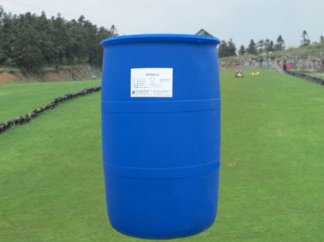Surfactants have different classification methods. One is to classify by ion type. Surfactants dissolved in water can be divided into ionic surfactants and non-ionic surfactants according to dissociation and non dissociation. Ionic surfactants can be divided into anionic, cationic and amphoteric types according to the nature of charge. Secondly, according to the classification of solubility, it is divided into water-soluble surfactant and oil-soluble surfactant. The third is classified into low molecular surfactant and high molecular surfactant according to molecular weight. Fourth, according to the classification of uses, it is divided into wetting agent, emulsifier, antistatic agent, softener, leveling agent, etc.

The molecular structure of surfactants is characterized by two parts with completely different properties. One part is the lipophilic group with affinity with oil, and the other part is the hydrophilic group with affinity with water. The hydrophilicity and lipophilicity of different kinds of surfactants are different. An important performance index of surfactants is hydrophilic lipophilic equilibrium value (HLB value). The surfactant with higher HLB value has higher hydrophilicity, while the surfactant with lower HLB value has higher lipophilicity.
The HLB values of several surfactants are shown in Table 3. HLB value is of great significance in the selection of surfactants. For example, HLB values of 1 ~ 3 can be used as defoamers, HLB values of 3 ~ 6 are water in oil emulsifiers, HLB values of 8 ~ 18 are oil in water emulsifiers, and HLB values of 12 ~ 15 are wetting agents.
The application of surfactant in soft PVC is mainly used as antistatic agent, antifogging agent, PVC paste viscosity reducer and so on. The performance is described in the following sections. When surfactant is applied in soft PVC, special attention should be paid to its effect on the thermal stability of PVC. Some cationic surfactants can promote the thermal degradation of PVC. Non ionic surfactants will not cause PVC degradation.